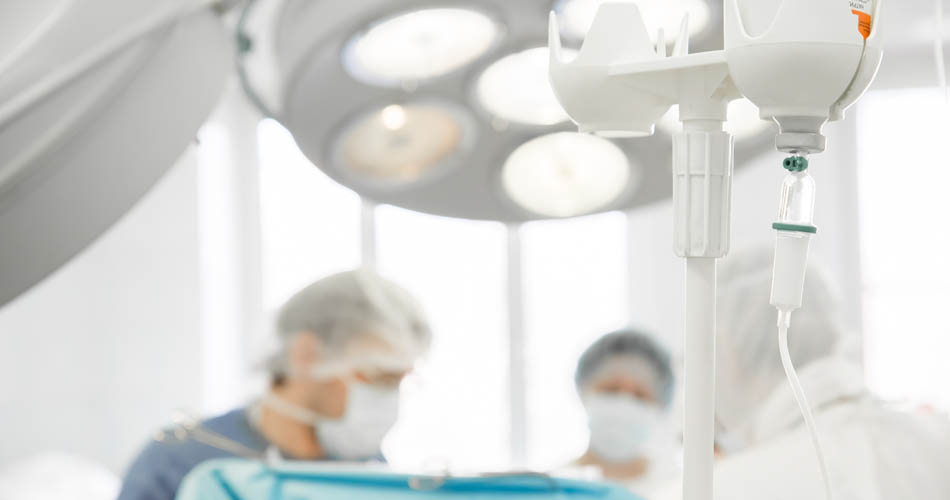Mare’s milk is used as a post-treatment at treatment for cancer
Due to its chemical composition and in particular the protein and lactose content, mare’s milk of all known milk varieties most closely approximates breast milk. Compared to milk from other animal species the fat content in mare’s milk is 1.3% and therefore very low. As a result, it is better tolerated than cow’s milk by a lot of people.
The main carbohydrate in mare’s milk is lactose (6.3% in mare’s milk and 7% in breast milk). Lactose leads to a remarkable improvement of the food intake by resorption of calcium, phosphor and magnesium in the stomach and intestines. The high protein levels in mare’s milk then work together with vitamins, minerals and trace elements for a renewal of the affected liver cells.
Several parts of the horse are used for medical aids for cardiovascular surgery
A wide variety of organic and synthetic materials are used to repair the dura mater. Each with important restrictions. Autologous transplants are limited and require additional incisions and surgical procedures. Working with preparations and heterologous materials increases the risk of iatrogenic transmission of prions, while synthetic alternatives may cause inflammation or rejection. A pericardium membrane of equine of equine (horse) origin was developed and with the aid of high-tech procedures made suitable for neuro-surgical applications.
